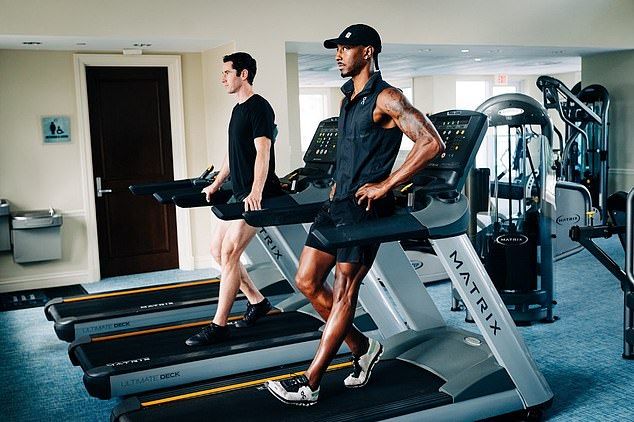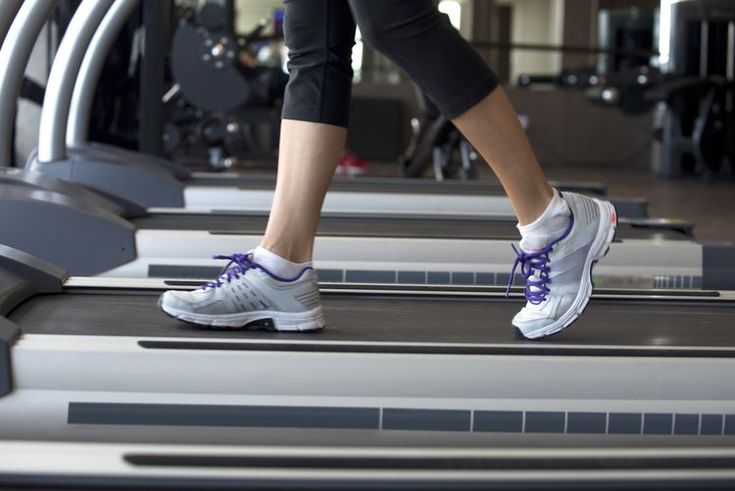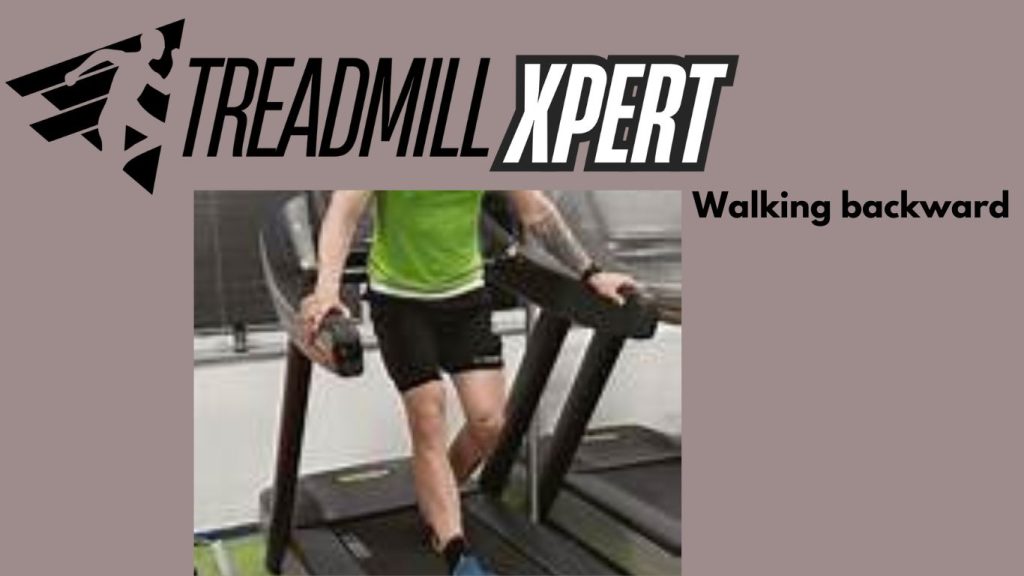Are you walking backward on the treadmill?
Walking backward on a treadmill can be an exciting and potentially beneficial exercise variation, but it is to follow this type of exercise.
What is the benefit of walking backward on the treadmill?
Walking backward on the treadmill has several benefits: It engages different muscle groups compared to forward walking, May improve Balance and coordination, Can be gentler on the knees for some people, and potentially cognitive function due to the novel movement.
What is the safety of walking backward on the treadmill?
Safety considerations when walking backwards on the treadmill are to Start at a plodding speed to get accustomed to the movement, Hold onto the handrails for stability, ensure enough space behind you, and Be aware of your surroundings to avoid bumping into others.
What are the techniques for walking backward on the treadmill?
The techniques for walking backward on the treadmill are as follows Keep your posture upright, take a small step initially, Land on your toes, and roll back to your heels. your core for stability.
What is the progression of walking backward on the treadmill?
Progression is walking backward on the treadmill. Gradually increase speed and duration as you become more comfortable. You may be able to let go of the handrails, but always prioritize safety.

What are alternatives to walking backward on the treadmill?
Alternatives to walking backward on the treadmill on a flat, obstacle-free surface first. If you’re uncomfortable with a moving treadmill, you can practice walking.
We suggested that it’s always a good idea to consult with a fitness professional or doctor before starting any new exercise routine, especially if you have any pre-existing conditions or concerns about this type of exercise.
What is the duration for walking backward on a treadmill?
The duration for walking backward on a treadmill can vary based on your fitness level, experience with the exercise, and overall goals you can achieve. this type of exercise here are some general guidelines.
What is the duration for a beginner to walk backward on a treadmill?
Duration For beginners, walking backward on a treadmill Should Be Started for 3-5 minutes, followed by 2 minutes for each session. Aim for 2-3 sessions per week.
What is the duration For intermediate users walking backwards on a treadmill?
Duration For intermediate users walking backward on a treadmill 10-15 minutes per session and 3-4 times a week.
What is the duration for an advanced user walking backward on a treadmill?
Up to 20-30 minutes per session and 3-5 times.
What are the Key considerations for walking backward on the treadmill?
When walking backward on the treadmill, key considerations are to Start slow, Listen to your body, make a Gradual progression, Balance with forward walking, Rest between sessions, and Combine with other exercises.
Remember, these are general guidelines, not anthemic. The ideal duration can vary significantly based on individual factors such as age, fitness level, and any existing health conditions based on this type of 4exercise. It’s always a fitness professional or healthcare provider most appropriate duration and frequency for your specific situation and helps the problem when you face this type of exercise.
What are the benefits of walking backward on the treadmill?
Walking backward on a treadmill can offer several potential benefits. Here’s a breakdown of what it may help with, like Muscle engagement, Joint health, Balance and coordination,
Calorie burning, Cognitive function, Posture improvement, Cardiovascular health, Variety in workout routine, Sports performance, Rehabilitation.
Muscle engagement:
This exercise Activates and strengthens posterior chain muscles (calves, hamstrings, glutes) and improves fitness.
You can Engage the quadriceps in a different way than forward walking
-
Joint health:
It may reduce stress on the knees, which is beneficial for those with knee issues for the knee patient.
You can improve hip extension and ankle mobility. -
Balance and coordination:
It challenges your proprioception (body awareness in space) and improves overall balance and stability. -
Calorie burning:
It can burn more calories than forward walking at the same speed, so due to its novelty and increased muscle engagement, it is best for fitness. -
Cognitive function:
It stimulates brain activity due to unfamiliar movement patterns and may improve spatial awareness and reaction time. -
Posture improvement:
It encourages a more upright stance and can help counteract the effects of prolonged sitting. -
Cardiovascular health:
It provides a low-impact cardio workout option. -
Variety in workout routine:
It adds diversity to exercise regimens, potentially increasing motivation and adherence. -
Sports performance:
It can benefit athletes in sports requiring backward movement (e.g., basketball, tennis) and improve their performance. -
Rehabilitation:
Sometimes, it is used in physical therapy for specific injuries or conditions (under professional guidance), and some other medicated conditions solve this type of exercise.

What are the benefits for knee patients walking backward on the treadmill?
Walking backward on a treadmill can be beneficial for knee health. Doctors advise knee patients to do this, but its effects can vary depending on circumstances.
What are the Potential benefits for the knees walking backward on the treadmill?
Potential benefits for the knees walking backward on the treadmill are reduced impact, Different stress distribution, Strengthening, Improved range of motion, and muscle use.
Reduced impact: Backward walking tends to have a lower impact on the knees than forward walking. It also the user’s impact, landing more softly on the toes.
-
Different stress distribution:
It can alter the stress patterns on the knee joint, providing relief for certain types of knee pain, so it relieves the knee pain. -
Strengthening:
It helps maintain the quadriceps muscles, which play a crucial role in knee stability and function and help with strength. -
Improved range of motion:
It may help increase knee flexion and extension, promoting better overall joint mobility and improving range of motion. -
Balance in muscle use:
It Can help balance out muscle use around the knee, potentially reducing overuse of specific muscles that can lead to knee issues and balance muscle use.
What are the Considerations and potential risks of walking backward on the treadmill?
Considerations and potential risks associated with waking backward on the treadmill, such as Unfamiliar movement, Risk of falls, Individual variations, and Proper form, which is crucial.
-
Unfamiliar movement:
The unfamiliar motion might initially to this type of movement, which is a risk for knee patients. -
Risk of falls:
Risk of falling on the treadmill. There’s also an increased risk of losing Balance, especially when starting, which could lead to injury. -
Individual variations:
The effects can vary greatly depending on a person’s knee condition or issue, so it’s best to avoid this situation.
Proper form is crucial for walking backward. An Incorrect technique does more harm than good and poses a big risk to the user.
